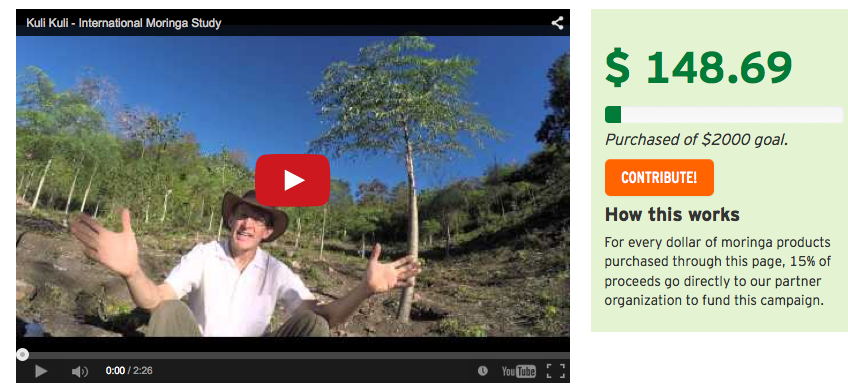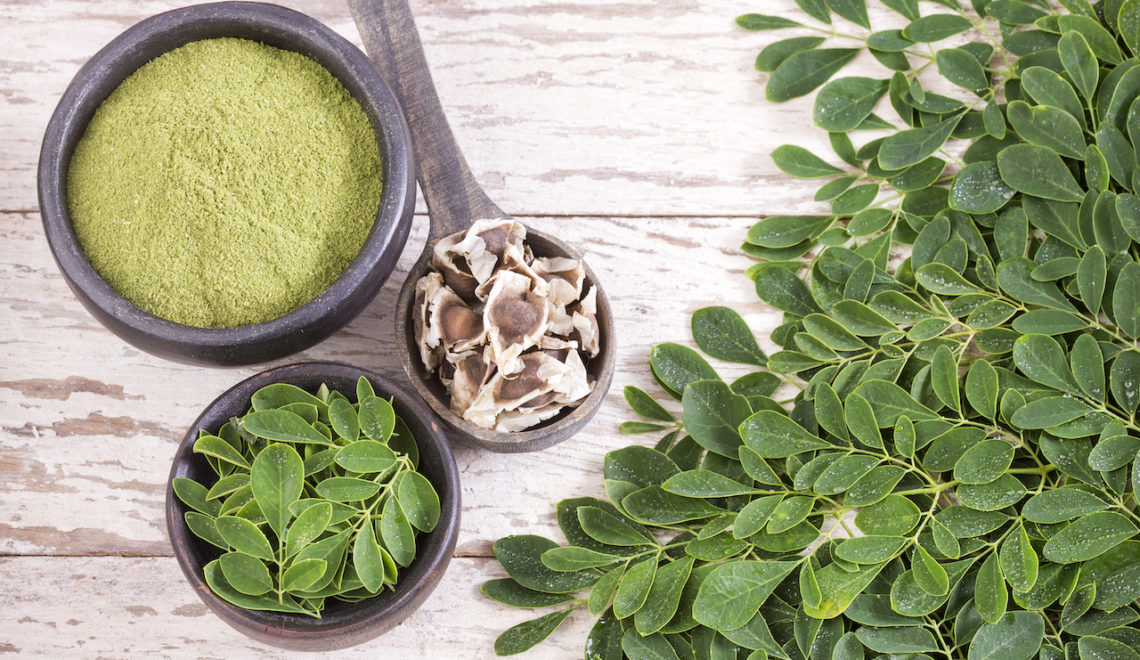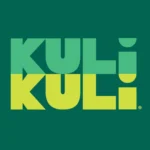
“Moringas are all useful, but they are not all equal”
A special guest post from Mark E. Olson of the Instituto de Biología, Universidad Nacional Autónoma de México. Read about his work below and help discover the most nutritious moringa plants in the world through the Moringa Partners Program.
Under a blue sky with puffy clouds on the beautiful red plains border between Kenya, Ethiopia, and Somalia, a herder named Hassan told me about the different moringa species in the area. The Horn of Africa is the epicenter of Moringa species diversity, with five species found in Kenya alone. I had come to the area with Kenyan colleagues to collect samples for our research. The diversity of species in the Horn means that nomadic Somalis of the area have a lot of moringas to choose from. This one, a short, fat plant with red flowers, Hassan told me, is good for treating goat parasites. But this one, a chubby tree with pink flowers, was even better. The lesson is one for all of us: moringas are all useful, but they are not all equal.
There’s no question that moringa (Moringa oleifera) is one of the world’s exceptional plants. It’s packed with high quality protein in its leaves, which moreover taste great. It is fantastically rich in phytochemicals involved in detoxification of harmful substances injested in the diet, such as many carcinogens. This highly digestible, high quality, low cost protein has saved countless lives worldwide in situations of emergency and starvation. People worldwide use moringa tree to combat deficiencies of protein, vitamin A, and calcium, to produce high quality seed oil, to treat diabetes, to help prevent cancer, and to purify water, among many other applications.
These uses are all supported by centuries of traditional use as well as scientific studies carried out here and there around the world. But just like Hassan says, all moringas are not equal. Not only do moringas vary across species, but just like no two people are alike, even within Moringa oleifera there is variation. The thing is, we don’t know how much variation there is or what causes it.
So, which is the best one? Which moringa has the best protein? Resists drought best? Has the most potent anti-cancer activity? Is the best glucoregulator in managing diabetes? It’s time to find out. That’s what the International Moringa Germplasm Collection is designed to do. Through ongoing fieldwork in the dry tropics of Asia, Africa, and Madagascar, together with local collaborators, we are continuing to explore the genetic, nutritional, and medicinal diversity of wild moringas. When we find more nutritious or more medicinally potent individuals, these are channeled directly to moringa producers and humanitarian projects. In this way, research can help make sure that everyone is eating the healthiest moringa possible.
This work is slow and difficult, and the reagents and maintenance of scientific instruments is expensive. So our progress is limited by the funding available. Happily, keeping this priceless living collection that fuels all of our research is not expensive. It only takes a few thousand dollars a year to make sure that the Collection get watered and weeded, which is all that these miracle plants ask for.
So, if you want to know what is the most nutritious moringa or the most powerful anticancer moringa (I certainly do!), then please help support the International Moringa Germplasm Collection.










